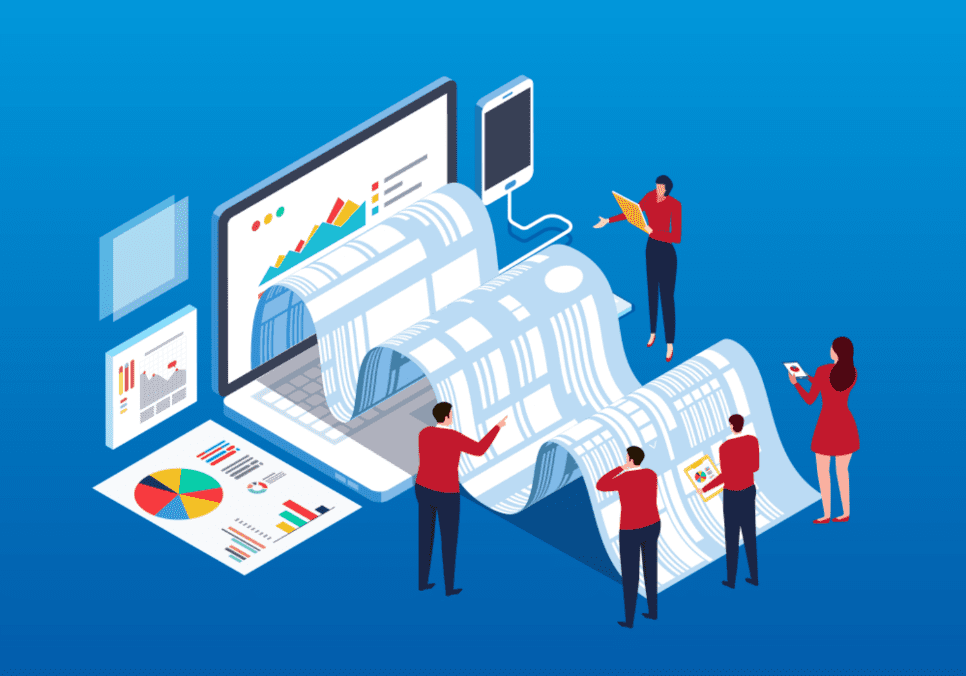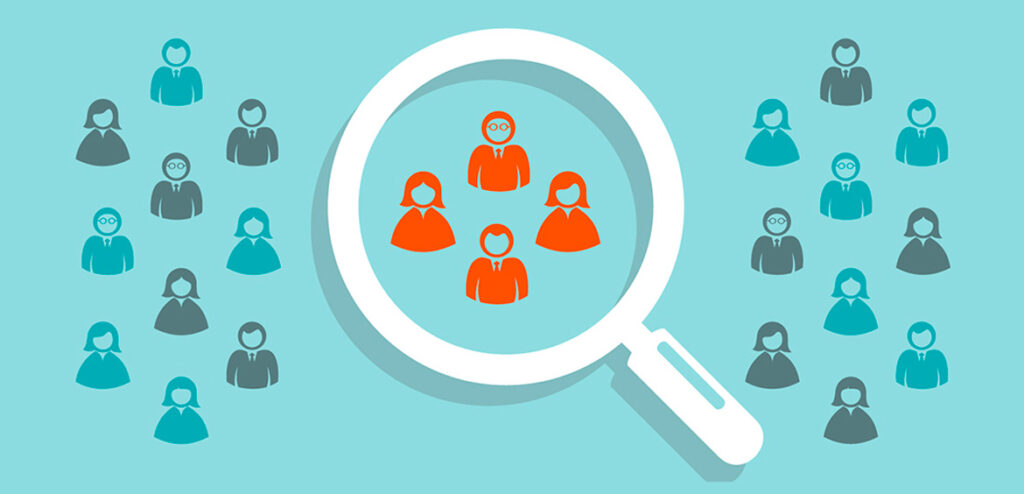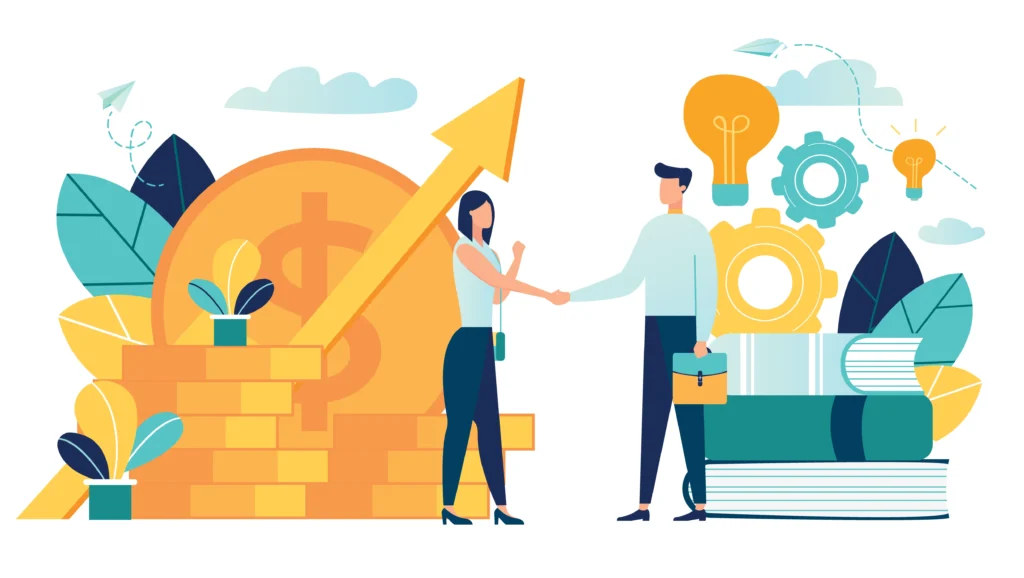How to Use Data in Your Sales Funnel Development
Data is everything. No matter how posh it sounds. Data is what will determine the success of online businesses in the future and already does.
Taking into account the numbers, it will be obvious why. Statistics show that 59% of clients feel as though the sales representatives do not understand what they need. Hence, there is a drastic need to fill in the gaps in information that can play a key role.
Specifically, when it comes to the sales funnel, you have to take the potential clients by hand all through the buying journey up to the purchase point, and if you miss any crucial piece of data about them, your sales will not take place.
So, this article is meant to help you identify the importance of data in the sales funnel, as well as how to use it and what to avoid. If you are ready to learn, let’s start.
Why is Data Important for the Sales Funnel
Data provides you with raw and unprocessed facts, such as numbers, figures, percentages, etc. That can reveal dozens of things to you once you reveal how to contextualize them.
Among the things that you can identify about your sales funnel are:
- Numbers and pages of clicks
- Shopping cart activities
- The average time spent per page visit
- Users demographic information
- Conversion rate

If you examine each piece of data, you can find the weak spots in each step of your sales funnel and work to improve it. Thus, we invite you to take a look at the key steps in the funnel that you can optimize with the use of data.
How to Use Data in Sales Funnel?
The sales funnel consists of five important stages: awareness, consideration, conversion, loyalty, and advocacy. Each of the stages is unique, and data serves different purposes for them. That’s why we will take a separate look into the crucial ways to use data for the funnel.
Segment the Clients and Personalise the Sales Funnel
The first thing that comes to mind when you think about the ways to work on the customer sales journey is the customers themselves. Big data can reveal insights about their demographics and transactional and conversational behavior.
Pulling together this information, you can have a clear understanding of who your average client is and customize your funnel in accordance with their preferences. For example, if you are soup bowls, and your average client is a housewife, then you need to have easy-to-navigate pages, clear images, and text.
By collecting the insights and having an idea of what your perfect sales funnel should look like, you can turn to experts for Funnelish development. Funnelish can help you customize the pages in a way that suits your field without wasting much time on it.

Plus, keep in mind that data about users can show to you also:
- Loading Time: If users leave immediately within seconds, it means the landing page is too slow to load. You can improve page speed to retain more users instead.
- Missing keywords: Big data analytics tells what search problems all users have. For example, your target audience may use keywords that are related to your product. However, since your page is not optimized for them, it does not appear in search results.
- Search Engine Precision: A lot of customers go straight to the search bar when they can’t find something immediately; they leave. Semantic search would help connect users to the right products even when the search term does not precisely match a product.
- UI/UX optimization: If users have to jump through hoops to move from one page to another, this indicates clear issues with UI. You can make it easier for visitors to move from the landing page to the product, which will ensure that they will stay longer.
Considering all this can secure your position as a customer-first brand and help you engage the clients in your website and what you have to offer from the get-go. However, this is on the side of customers, so let’s move to the product itself.
Product Offerings and Benefits
If you know exactly who your customers are, then you have to understand what you are offering them or why they are not purchasing it.
The reason why some of the customers may not buy your products is that you are using methods of advertising that do not work well for your product or you miss the mark with the target audience.

Remember that the first part of the sales funnel is awareness. Thus, if you have a weak marketing strategy, then the target audience simply will not know about your product or service. Data can show you where exactly you have issues related to your marketing and what to work on to make it better. This will save you a considerable amount of money and effort.
Plus, data can also find out where the difference lies between what you have to offer vs. your competitors and the reasons why your clients choose them instead of you.
The list may include:
- Unexpected charges: Shipping costs, taxes, or other charges make customers back off from purchasing at checkout, especially if it’s an unexpected occurrence. Segmentation can identify those groups that are more prone to leave due to unexpected charges and the ones sensitive to high pricing.
- Account creation: Forcing customers to create an account may discourage them from making a quick purchase and result in abandonment.
- Payment issues: Limited payment methods or some technical glitches at checkout usually result in leaving behind shopping carts.
- Lack of trust: A lot of people abandon a cart because they are not sure the website is reliable or they think it’s not a real business. A reason for this can be from the analysis of reviews that are somewhat known already or social mentions.
- Unclear return policy: Numerous unfavorable or vague return policies would create ambivalence with a possible consumer. Data can show you when the user checks the return policies and leaves or what the percentage of such customers is.
Part of the following issues can be resolved with both data analysis and the help of experts in Funnelish development. With their assistance, you can implement various payment methods and place good reviews in the most visible parts of your website to enhance the trust of the customers in your brand.
The more effort you put into enhancing your funnel, the better it will be for you. Thus, we suggest that you take a look at our final suggestion on how data can help you make your funnel better.
Enhance the Final Stages of the Sales Funnel
Some may think that once you have passed the initial stages of the funnel, the chances of clients leaving are lower. However, the statistics show that the shopping cart abandonment rate is 66.5%. This means that visitors will hit to exit even when you think they are ready to buy.
This issue may arise due to different factors. For example, they may leave at the final stage because they are not satisfied with customer service. Big data analysis can help you understand the portion of clients that is lost at the last stage of your sales funnel and how to improve it.
Thus, never think that you can rest at any stage of your sales funnel. All of them are equally important and need analytical insights from data to improve. So, you need to be sure that it is flawless so that you can have both the help of the data and Funnelish to make it better for all your needs.
Conclusion
Data is here to revolutionize the world of sales. In the case of funnel development, it can provide insights for each stage of it.

By taking into account information about the demographics of the audience, their preferences, and what the product offers in comparison to the competition, it will be easier to keep them engaged in every step.
We are sure that data is one of the great ways to take your sales funnel to success.
Recent posts
- Voice Search Optimization: The Future of SEO
- Top 10 Emerging Shopify Apps to Watch in 2025
- 5 Common Web Development Challenges and How BunnyChain.ai Solves Them
- The 7 Digital Marketing Sins That Are Killing Your Conversions (And How to Fix Them)
- Shopify Development: A Comprehensive Guide to Building a Successful E-commerce Store